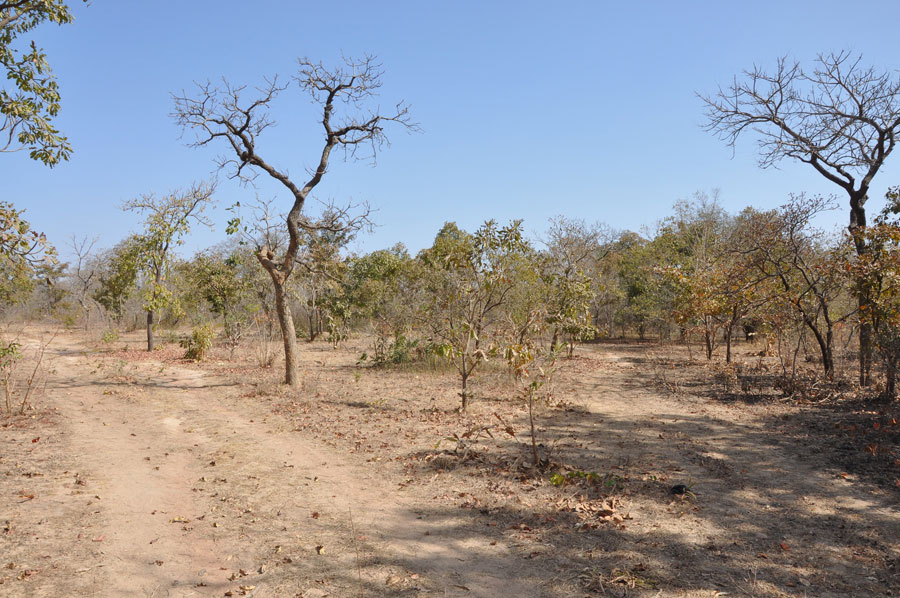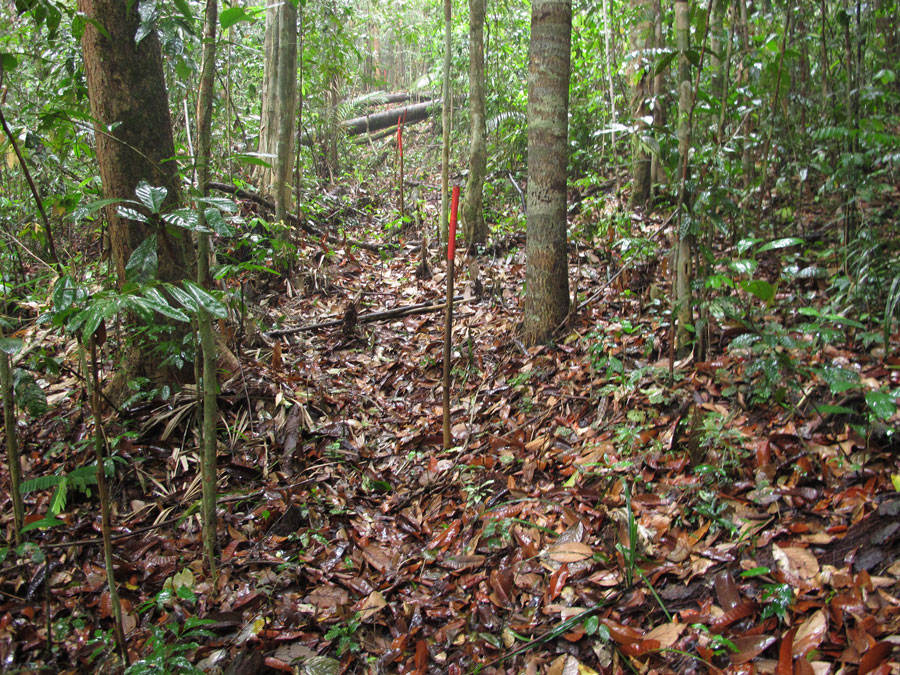Originally published by World Agroforestry
Owing to increasing demand for landscape restoration and the limited resources available, economic analysis helps prioritize investments.
Cost-benefit analysis is a commonly applied approach used in the economic analysis of landscape restoration as well as for strategizing allocation of resources. However, despite the growing amount of restoration, studies of the economic analysis of restoration itself are relatively few.
To address this gap, scientists from World Agroforestry (ICRAF) conducted a systematic review of cost-benefit analyses for landscape restoration to understand the extent of existing studies. The studies were from different parts of the world although the majority were from Sub-Saharan Africa and Asia.
The studies were conducted for different types of restoration, such as reforestation and afforestation, agroforestry, biofuel agroforestry, participatory forest management, establishment of woodlots, sustainable land-management practices, natural regeneration, assisted natural regeneration, mangrove restoration, clearing of invasive alien species, and restoration of urban and buffer areas.
During their analysis, the team from ICRAF found gaps within the studies that future cost-benefit analyses ought to consider.
Ideally, a comprehensive cost-benefit analysis of landscape restoration ought to capture the total economic value of the benefits of restoration, that is, direct and indirect use values as well as non-use values.
Direct use values relate to the benefits obtained from the direct use of an ecosystem, such as timber, poles, charcoal, gum arabica, medicine, as well as other non-timber forest products, recreation value and others, while indirect use values are usually associated with regulating services, such as carbon sequestration, pollination, pest and disease control and others. Non-use values refer to existence or inheritance values.
An analysis should also capture all the costs incurred during restoration, including implementation, maintenance and opportunity costs.
However, in terms of accounting for benefits accruing from restoration, the majority of the studies accounted for use values only (either direct or indirect use or both) and very few accounted for non-use values.
This is because non-use values and some of the indirect use values are not easy to quantify because they do not have a market price. Yet accounting for the total economic value of a project is particularly useful for large-scale restoration initiatives where the benefits accrue to the broader public beyond the targeted stakeholders.

Similarly, for the cost components, relatively few studies accounted for the opportunity cost, that is, the cost of foregoing a potentially more lucrative activity. This is because it is often difficult to estimate this cost because it is not a direct cost and for some land uses the opportunity cost may be negligible, especially, if the area is highly degraded. Almost always quantifying the opportunity cost of a project requires that a baseline study be conducted. However, most restoration projects do not allocate the resources for such a study, making it challenging to account for the opportunity cost.
‘Some restoration projects fail to account for maintenance and monitoring costs since they view restoration as a one-time cost activity as opposed to a continuous activity where maintenance and monitoring costs are high, for example, tree planting as opposed to tree growing,’ added Peter Minang, co-author of the review and Principal Advisor and Theme Leader for Landscapes Governance at World Agroforestry (ICRAF), Global Coordinator of the ASB Partnership for the Tropical Forest Margins, and Leader of the Landscapes Flagship of the CGIAR Research Programme on Forests, Trees and Agroforestry.
Future cost-benefit analysis studies ought to account for all the benefit and cost components attributable to restoration, otherwise, the profitability of restoration projects could either be over- or under-stated.
A lack of reliable data owing to poor data-keeping during a restoration period also affects cost-benefit analysis results. A comprehensive cost-benefit analysis requires data over several years; for some projects, the restoration age can be up to 100 years, implying that benefits and costs accrue for that long. Most projects do not keep such records. Hence, even for ex-post cost-benefit analyses a lot of predictions and assumptions are involved in data generation.

Thus, analysts need to adopt standardized methods of data prediction if the results are to be comparable across different restoration projects to guide decisions in the allocation of funds. There are efforts towards standardizing these methods and approaches.
For example, one ongoing project, The Economics of Ecosystem Restoration, aims to ‘offer a reference point for the estimation of costs and benefits of future ecosystem restoration projects in all major biomes, based on information from comparable initiatives on which data are collected through a standardized framework’.
‘There is a need for standardized methods of valuing indirect and non-use benefits if cost-benefit analysis results are to be comparable across projects,’ emphasized Eunice Gituku, co-author of the review and Research Assistant working with the Landscapes Governance theme at ICRAF.
Most of the methods and approaches used in valuing these benefits are highly resource-intensive in terms of data, time and expertise. Thus, there is a need to budget and allocate funds for cost-benefit analysis within landscape restoration projects.
Download the study
Wainaina P, Gituku E, Minang P. 2020. An exploratory study of cost-benefit analysis of landscape restoration. Working Paper number 306. World Agroforestry, Nairobi, Kenya. DOI: http://dx.doi.org/10.5716/WP20014.PDF.











